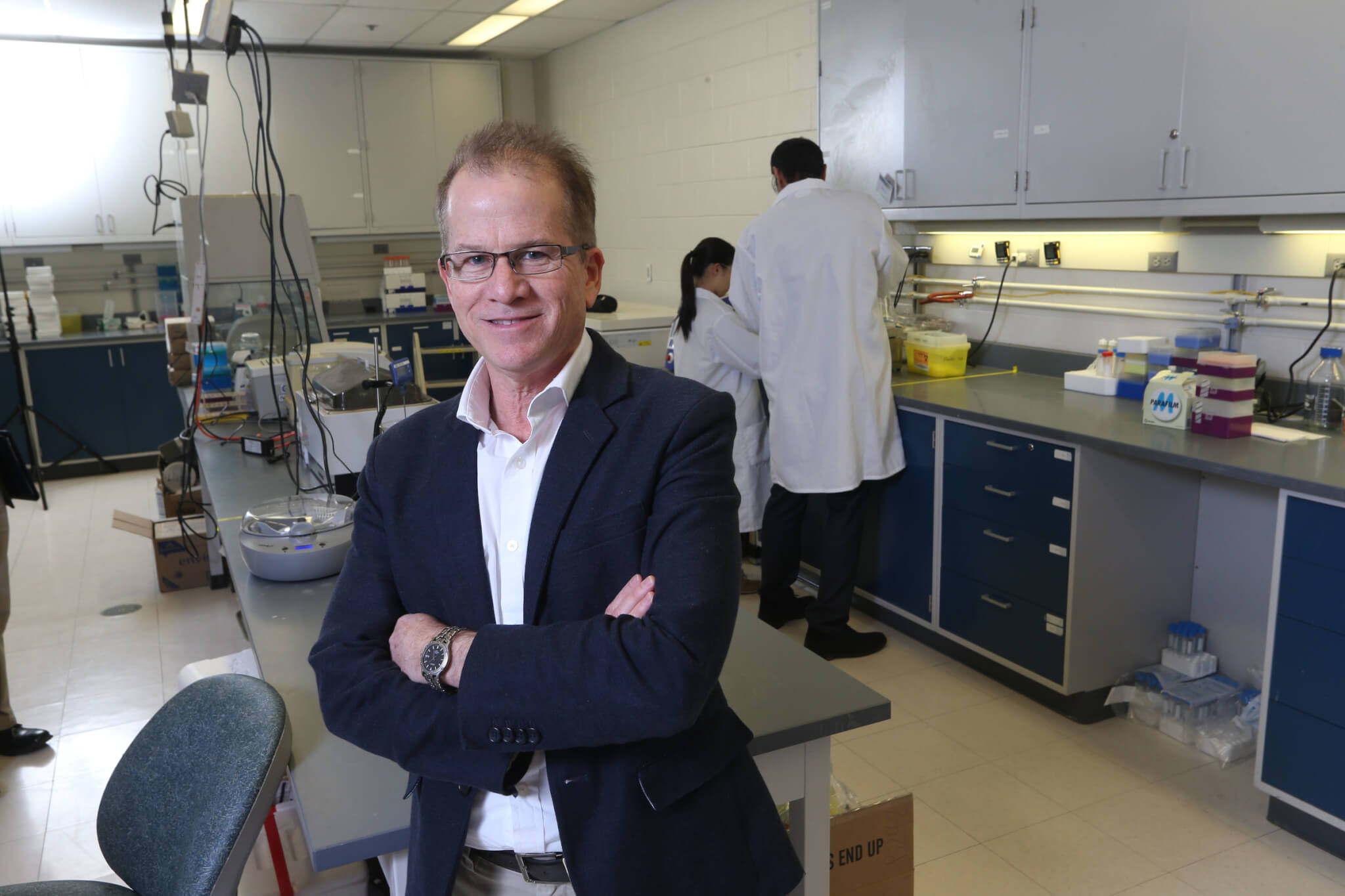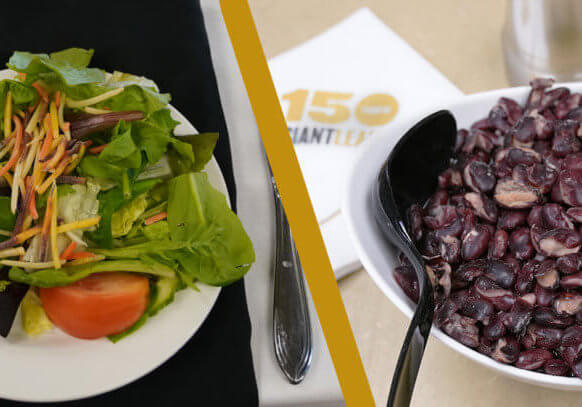N
o country grows or consumes more popcorn than the United States and only one state, Nebraska, produces more popcorn than Indiana. Consequently, it’s surprising that in 2019, only 75,000 of Indiana’s 5 million corn acres contained popcorn.
The hard outer hull of popcorn, called the pericarp, explains why 1.5 percent of the state’s corn pops while none of the rest can.
Bruce Hamaker, distinguished professor of food science and Roy L. Whistler Chair, found that the best popping kernels have a stronger pericarp, maximizing moisture retention.
“Popcorn must have moisture inside the kernel of about 13 to 14.5 percent of its total weight,” explained Hamaker.
The kernel acts as a pressure cooker, building force as the water inside heats and vaporizes.
“When the pressure reaches a certain point, the outside layer of the kernel ruptures and the kernel pops with a rapid expansion of the now gelatinizing starch.”
Essentially, the kernel turns inside out, giving popcorn its distinct look.


In Hamaker’s research, 4 to 47 percent of kernels, dependent on variety, were unsuccessful in their transformation.
“Some kernels don’t pop because they have cuts or weaknesses in the outside layer of the popcorn kernel that let the moisture leave on heating.”
Hamaker conducted his research at Purdue in the university’s tradition of popcorn expertise. The legacy includes agronomy alumnus Orville Redenbacher, the entrepreneur behind America’s most popular popcorn brand, and Bruce Ashman, who began his leadership of Purdue’s hybrid popcorn breeding program in the 1960s.

When Ashman retired in 1996, he became a consultant to Ag Alumni Seed, a leader in the development and release of popcorn hybrids. The business was founded in 1938 by the Purdue Agriculture Alumni Association, shortly after The Great Depression.
During the depression, popcorn rose in popularity as one of the few affordable snack options. Movie theaters fought the trend at first, finding it counterintuitive to the posh reputation they originally held, but soon embraced it as a stream of revenue.
Today, popcorn is recognized for its healthiness, as well as its affordability. “Popcorn is like other types of corn in that it is mostly starch (~70%), and lesser amounts of protein (~8%), fiber (~5%) and fat (10%),” noted Hamaker. “To me, the popped kernel itself is healthy, though nowadays there is a feeling by some consumers that carbohydrates are not so healthy. Beyond that, people often add butter or oil and usually add salt.”
Promoting nutrition and unique flavors, ready-to-eat popcorn has recently gained popularity as a premium snack. With new ingredients, flavors and markets, who knows where the classic snack will pop up next.

Hunger Banquet demonstrates the realities of campus food insecurity
By Emma Ea Ambrose “I thought this was going to be a fairly innocuous lunch but I’m starting to worry,” entomology professor Tim Gibb said. “I suspect this isn’t just going to be lunch and a lecture.” Gibb was one of several dozen attendees at the Hunger Banquet on Jan. 22, an event co-hosted by…
Read Full Story >>>How the food science Pilot Plant helps drive Indiana’s economy
Koia is a plant-based protein drink company, headquartered in Los Angeles, CA. The company’s co-founder, Maya French, recently made Forbes’ 2019 30 under 30 list. It is one of the country’s fastest-growing beverage brands, currently available in 75,000 retail locations.
Read Full Story >>>Graduate Ag Research Spotlight: Hansel Mina
HANSEL MINA “With time, I can help others — farmers, growers, people that handle the food, people that grow the food. That motivates me, that I will be part of the change.” — Hansel Mina, PhD student, Department of Food Science THE STUDENT Growing up in Cali, Colombia, Hansel Mina noticed that despite his…
Read Full Story >>>

